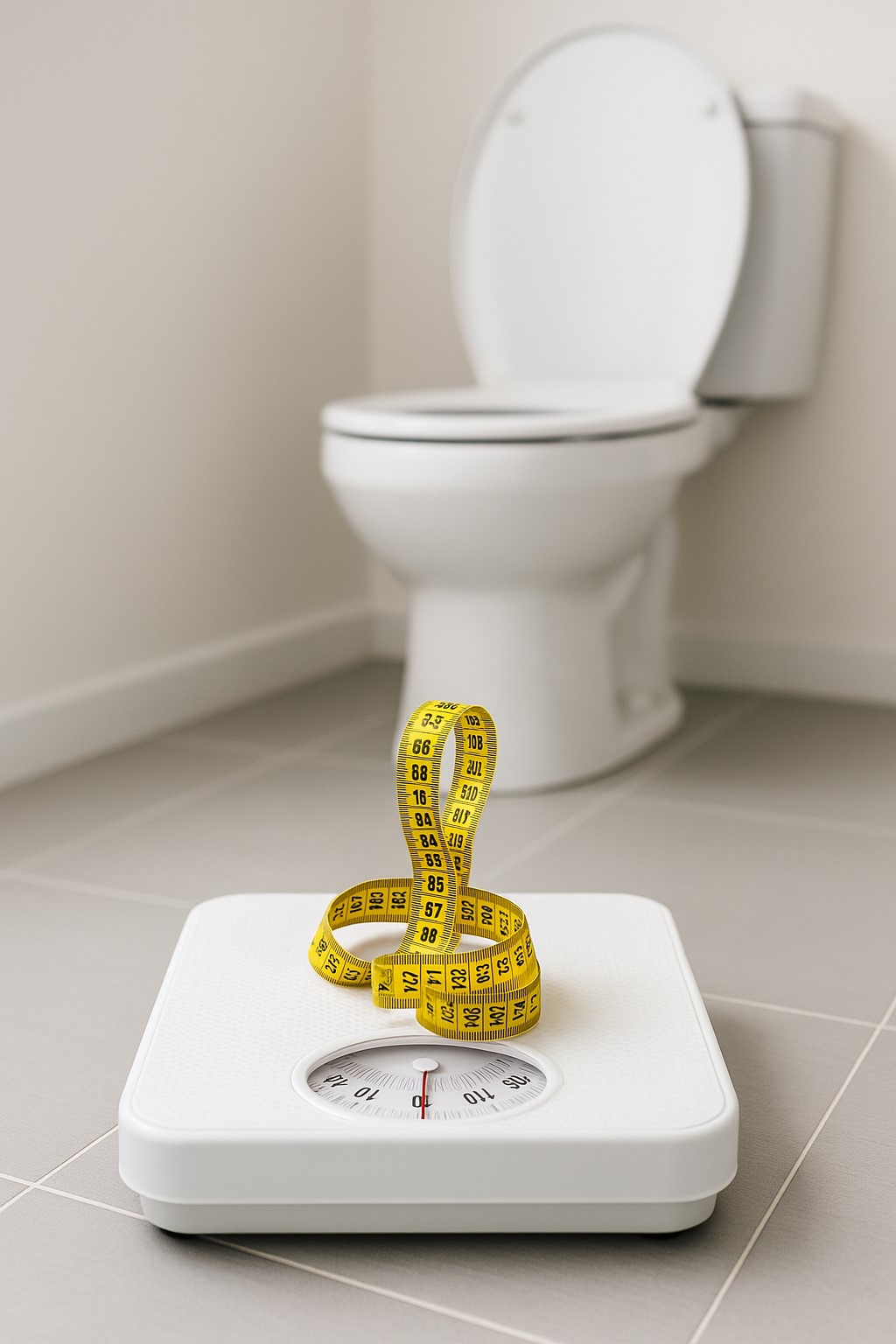What Is the Genitourinary Syndrome of Menopause (GSM)?
Genitourinary syndrome of menopause (GSM) is a term used to describe a collection of vaginal and urinary symptoms that occur after menopause. It affects up to 50% of postmenopausal women. These symptoms are caused mainly by a drop in estrogen levels, which affects the tissues of the vagina, bladder, and urethra.
Common symptoms include:
- Vaginal dryness, irritation or burning
- Pain during sex (dyspareunia)
- Urinary urgency (feeling like you need to go often or quickly)
- Burning when passing urine (dysuria)
- Recurrent urinary tract infections (UTIs)
- Leaking urine (urinary incontinence)
However, some women with low oestrogen don’t experience bladder symptoms. The evidence suggests that other factors are involved.
Why Do Only Some Postmenopausal Women Get Bladder Symptoms?
While falling oestrogen is a clear cause of GSM, not all postmenopausal women are affected equally. Some develop severe bladder symptoms, while others do not.
A 2025 study from Thailand suggests that the answer might lie in the urinary microbiome.
What Is the Urinary Microbiome, and Why Does It Matter?
The urinary microbiome is the collection of bacteria that live inside the bladder and urinary tract. Until recently, urine was thought to be sterile (free from bacteria), but we now know that a healthy bladder contains a balanced mix of microbes, just like the gut and vagina.
This balance may help:
- Protect against infections
- Support bladder lining health
- Reduce inflammation
If this balance is disturbed (a state called dysbiosis), it may contribute to bladder problems, including:
- Overactive bladder (OAB)
- Urgency urinary incontinence (UUI)
- Recurrent UTIs
What Did the Study Find?
This 2025 study compared the urinary microbiome of 36 postmenopausal women who had genital symptoms of GSM. Half had bladder symptoms like urgency, leakage, or infections; the other half did not.
Key findings:
- Both groups had similar estrogen levels, confirmed by physical and lab tests.
- The group with bladder symptoms had more of a bacteria called Prevotella.
- There were no significant differences in the variety ("diversity") or overall number of bacteria between the two groups.
This suggests that the type of bacteria present (especially Prevotella) might matter more than the number.
Could Bacteria Like Prevotella Be Causing Symptoms?
Prevotella is a type of bacteria usually found in the mouth, gut, and vagina. Some species of Prevotella are linked to:
- Inflammation
- Infections like pelvic inflammatory disease (PID)
- Recurrent urinary infections
In this study, women with bladder symptoms were far more likely to have Prevotella in their urine:
- 94% of symptomatic women had Prevotella
- Only 5% of asymptomatic women had Prevotella
Prevotella may promote inflammation by triggering the immune system. This could irritate the bladder wall and lead to:
- Urgency and frequency
- Pain on urination
- Possible susceptibility to infection
What Does This Mean for Treating GSM?
Understanding the role of the urinary microbiome opens up new options beyond oestrogen replacement. In the future, we may be able to:
- Personalise treatment based on a woman's urinary microbiome profile
- Use targeted probiotics to restore healthy bacteria
- Reduce unnecessary use of antibiotics, which may worsen dysbiosis
- Investigate anti-inflammatory therapies for urinary symptoms
For now, testing the urinary microbiome is not widely available in clinical practice, but it may be coming soon.
Can You Support a Healthy Bladder Microbiome?
While more research is needed, here are simple steps that may help promote a healthy urinary tract:
- Avoid unnecessary antibiotics
- Consider vaginal oestrogen therapy (local, not systemic)
- Eat a diet rich in fibre and plant-based foods to support overall microbial health
- Stay well hydrated
- Avoid harsh intimate washes or wipes
- Manage constipation, which may influence bladder health
FAQs: Postmenopausal Bladder Symptoms and the Urinary Microbiome
Is urine really not sterile?
Correct. Modern research using gene sequencing shows urine has a natural microbiome, particularly in women.
Should I take probiotics for my bladder?
There is early evidence that some vaginal or oral probiotics may help with recurrent UTIs, but more studies are needed.
Can GSM affect bladder control?
Yes. Loss of estrogen can thin the bladder and urethral lining, making symptoms like urgency, leakage, and infections more likely.
Can microbiome testing diagnose bladder problems?
At present, it's mainly a research tool. But in the future, it could guide personalized treatment, just like gut microbiome tests are beginning to do.


